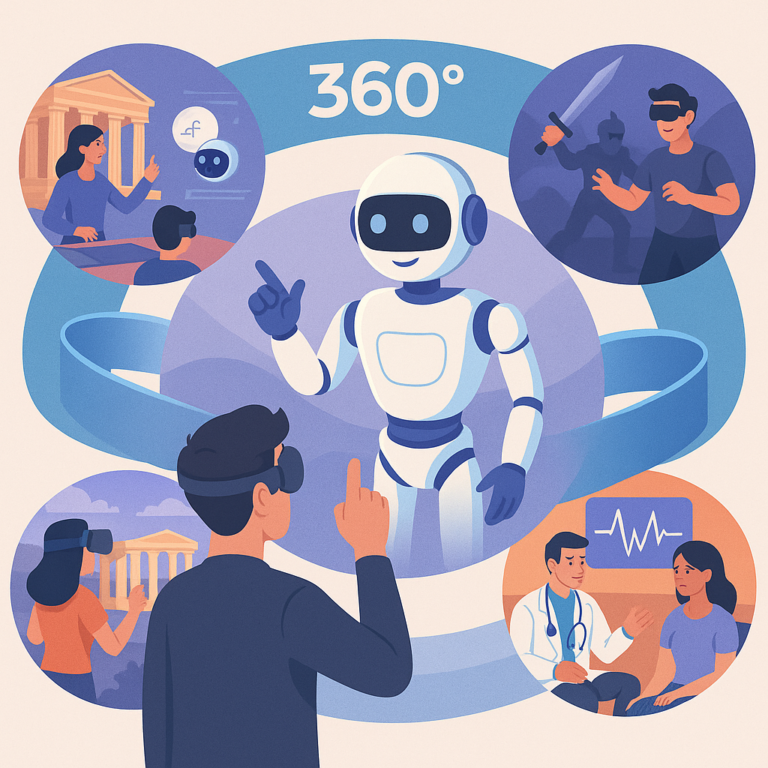In this interconnected world, the supply chain has become the backbone of global business, but it is not an easy task to manage the supply chain; it is a complex process.
From the purchase of raw materials to delivering the final product at the doorstep of the consumer requires knowledge, decision making, risk, time, and persistent efforts.
Supply Chain
A supply chain is a network of all entities involved in bringing a product or service from raw materials to the end consumer. It involves activities like manufacturing, sourcing, and distribution, all coordinated well to move goods to the marketplace.
Supply chain is also a network of all individuals, organizations, technology, and resources that are involved in the creation and sales of a product.
Components of Supply Chain
- Production:- It is a process of converting raw material into finished goods. It involves making the right product in the right quantity and at the right time.
- Distribution and Logistics:- Distribution focuses on moving the goods to the end users from the warehouse, and logistics involves planning, managing, and storage of goods through the supply chain.
- Customer Service:- It is the interaction that the company provides during and after the sale of the product or services.
How Supply Chain Evolved With AI
With this changing dynamics, the traditional old supply chain has also evolved and has adopted AI for enhancing the supply chain and making sure that the right product reaches to right consumer at the right time.
How AI is Used in Supply Chain
📦 Smarter Inventory Management:- Dynamic inventory optimization AI calculates stock levels of different warehouses. AI helps in knowing what product is required at which location and in what quantity in real time.
📊 Demand Forecasting:- Demand forecasting is a crucial step in managing the supply chain efficiently. If you fail in forecasting demand, then you have to face overstocking(loss of money ) or stockout (loss of reputation and customers). AI helps in forecasting demand based on the previous data, market trends, weather, and economic conditions. This forecasting makes it easy to understand the nature of demand during different seasons.
🚚 Route Optimization:- Logistics is where AI stands out, imagine getting stuck in heavy traffic or bad weather conditions. AI will help in dealing with these critical situations by understanding weather conditions, analyzing traffic, and estimating fuel cost. AI can suggest the smallest and most cost-effective routes.
💰 Cost Reduction:- AI can help the supply chain move beyond traditional cost-cutting methods by providing intelligent data-driven insights to manage the supply chain.
🏘️ Warehouse Automation:- AI can be utilized in maintaining the stock levels in the warehouse. This information will help to maintain the optimum stock levels in the warehouse, and it also helps to identify the products near expiry.
🤝🏻 Supplier Selection:- AI can help you select your supplier very carefully by analyzing the past records, like delivery records and product quality. It will be beneficial to choose a reliable and trustworthy supplier.
🎧 Customer Service Support:- AI-powered chatbots handle customer queries, track orders, and provide real-time updates.
⚠️ Risk and Challanges of AI in Supply Chain
- High implementation cost
- Lack of proper knowledge about AI use
- Cybersecurity and data privacy concerns
- Cost of maintaining an AI system
📈 Future of AI in Supply Chain Management
In this global market, AI will help businesses to grow faster and operate more effectively will transforming the supply chain in a dynamic and self learned pace, which can easily adapt to changes and optimize performance.
🔎 Conclusion
AI is transforming he future of supply chain management. From demand forecasting to providing real-time customer support, AI is bringing a revolution in the traditional supply chain system. However successful implementation of AI requires more than just technology, and it is quite expensive. But in the long run, businesses can utilize AI solutions to optimize their supply chain.














